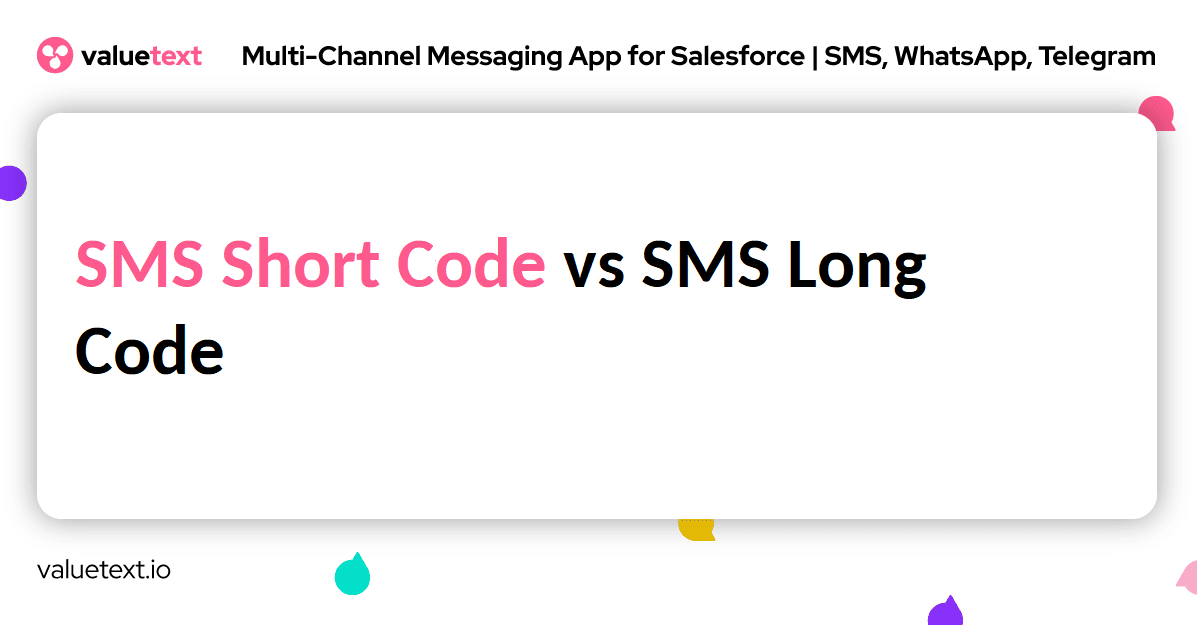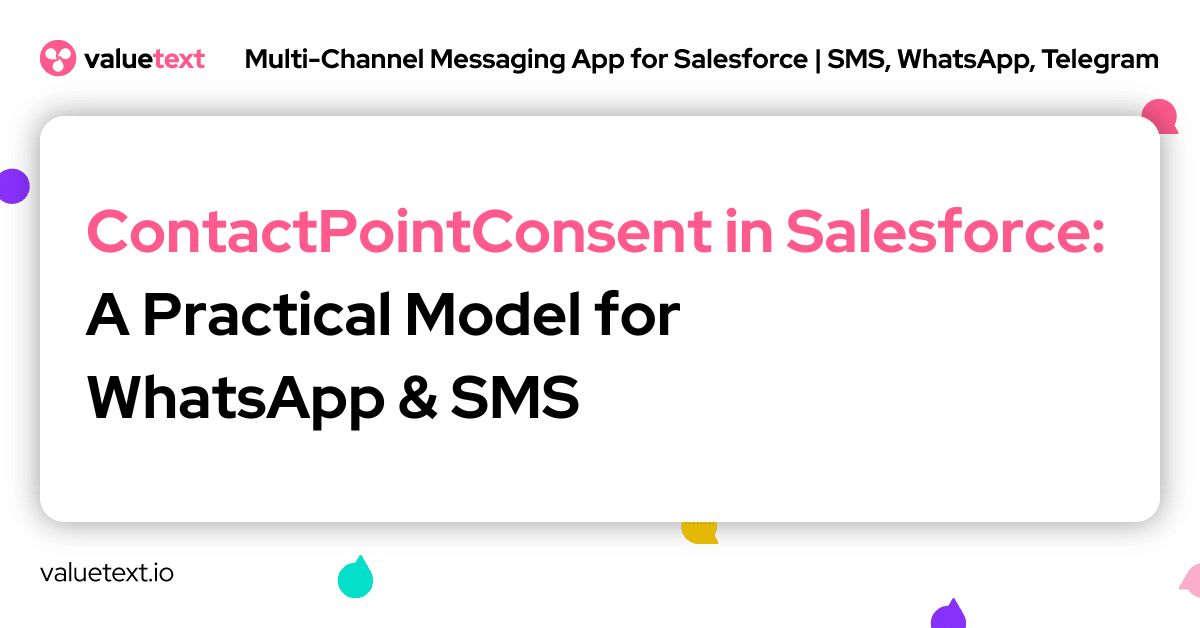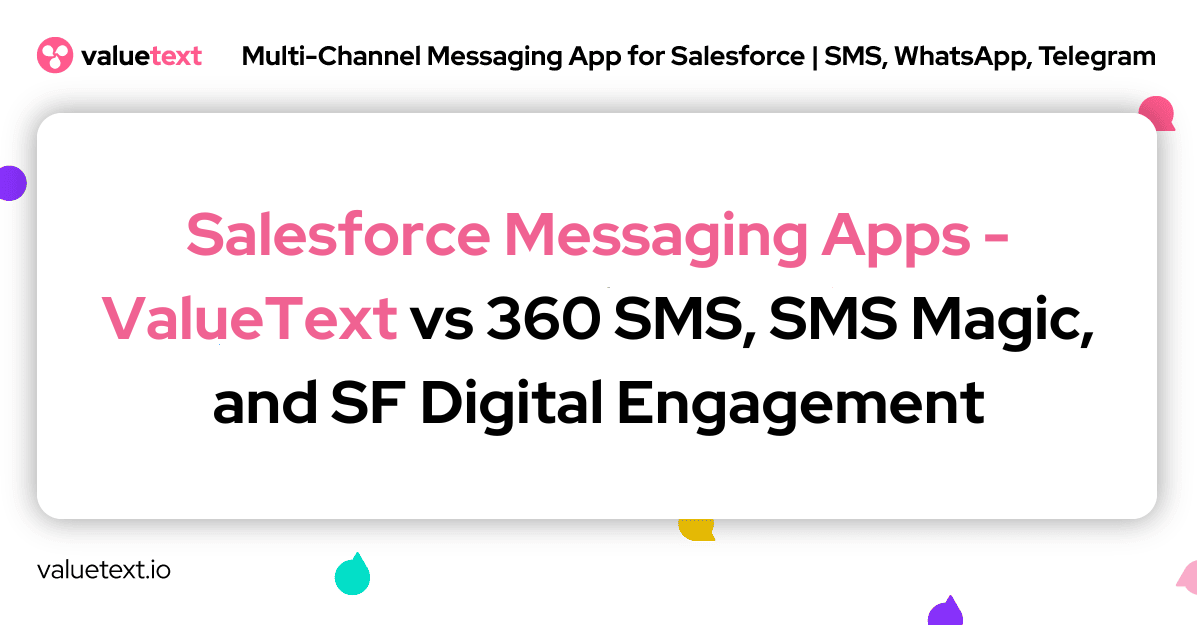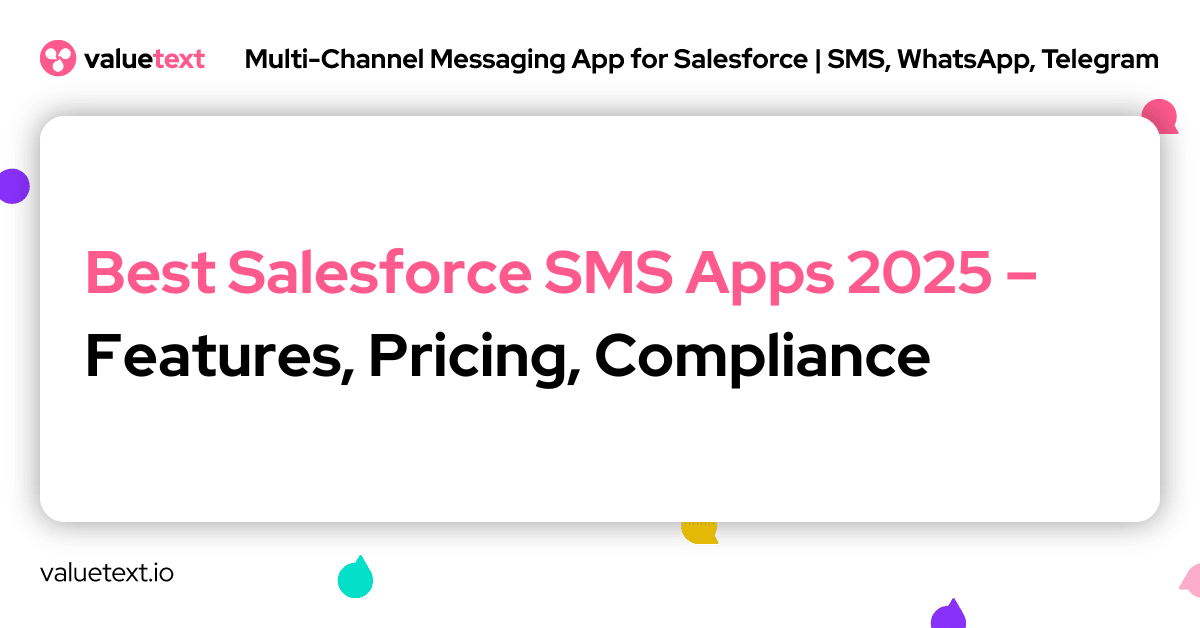25 Jan

Many businesses are figuring out how to improve social engagement through various channels, but none are as convenient as text messaging. Just think about it—reaching out to your customers where they communicate most often leads to much higher response rates than approaches like in-app notifications, pop-ups, or email. According to Salesforce, SMS text messages boast an impressive 98% open rate. When planning an SMS marketing campaign, one of the most crucial decisions is choosing between an SMS Short Code and an SMS Long Code for your inbound number. This number, whether it’s a Short Code or Long Code, serves as your Sender ID (the “from” address) and is a key part of any texting or SMS marketing strategy.
In this article, we’ll cover:
- When to use each for your business
- What is SMS Short Code?
- What is SMS Long Code?
What is SMS Short Code?

An SMS Short Code is a 5 or 6-digit number used to send SMS or MMS messages for mass marketing campaigns. It’s ideal for one-way, non-personal communication, and is commonly used for sending large volumes of texts, such as promotions and alerts.
Short Codes are typically brand-driven and used for non-personalized, high-volume messaging, such as:
- Pushing out promotions and offers
- Sending automated responses
- Conducting large-scale voting campaigns or surveys
Use Cases for SMS Short Codes:
Consumer-Originated Messages: Campaigns where consumers text a keyword to a Short Code (e.g., “Text WINNER to 12345”) to participate in promotions, vote, or request information.
Business-Originated Messages: Use Short Codes to send bulk promotional messages, reminders, or offers to customers who have opted in.
Types of SMS Short Codes
There are two main types of Short Codes:
1. Shared Short Codes
Shared Short Codes were once widely used by multiple businesses to save on costs. However, U.S. mobile carriers eliminated shared Short Codes in 2021 due to concerns over spam and phishing. Today, very few exceptions exist for shared Short Codes.
2. Dedicated Short Codes
A dedicated Short Code is used exclusively by a single business, offering better control and higher reliability. There are two kinds of dedicated Short Codes:
- Random Short Codes: Automatically generated, like a license plate number (e.g., 87492).
- Vanity Short Codes: Custom numbers chosen by the business, often representing a brand name or easy-to-remember digits (e.g., 54321).
Advantages of Dedicated Short Codes:
- Memorability: Short and easy to remember, especially vanity codes.
- Spam Resistance: Messages sent from dedicated Short Codes are less likely to be flagged as spam, as the content is pre-approved by carriers.
- High Message Throughput: Ideal for sending large volumes of messages quickly.
- Keyword Flexibility: You can use any keyword without the risk of conflict with other businesses.
Disadvantages:
Cost: Dedicated Short Codes can range from $750 to $1500 per month. Nonprofits may qualify for discounted rates.hort codes provide faster message processing and greater detail reporting than shared short codes.
Setup Time: Can take 2-3 weeks to get approved by mobile carriers.
What is an SMS Long Code?

SMS Long Codes, also called Virtual Mobile Numbers (VMNs), are 10-digit numbers designed for two-way communication between a business and its customers. Unlike Short Codes, Long Codes are ideal for personalized conversations, such as customer service or transactional messaging.
The main difference between a Long Code and a Short Code is the text ratio. Long Codes must maintain a 1:3 inbound-to-outbound message ratio to avoid being flagged by carriers. This means Long Codes are generally better suited for smaller volumes of messages or one-on-one communication.
Types of SMS Long Codes:
- Toll-Free Texting: Allows customers to text a toll-free number without incurring fees.
- P2P (Person-to-Person) Long Code: Standard 10-digit phone numbers used for one-on-one communication.
- A2P 10DLC: 10-Digit Long Code for Application-to-Person (A2P) messaging, offering improved deliverability and the ability to send higher message volumes.
- A2P Long Code: Similar to A2P 10DLC, used for one-way mass messaging.
Advantages of SMS Long Codes
- Two-Way Communication: Ideal for ongoing customer service, support, and personalized communication.
- Cost-Effective: Significantly cheaper than Short Codes, especially for smaller businesses.
- Local Familiarity: Using a recognizable 10-digit number enhances trust and adds a personal touch.
- Multi-Use: Long Codes can handle SMS, MMS, calls, and even faxes, making them a versatile tool for business communication.
Disadvantages:
Risk of Spam Blocking: If used for mass messaging, Long Codes are more likely to be blocked by carriers due to their messaging limits.
Message Volume Limitations: Long Codes are less suited for large-scale marketing campaigns.
When to Use SMS Short Code vs. SMS Long Code
SMS Short Code is best for:
- Large-scale marketing campaigns: Sending out bulk messages quickly (e.g., promotions, alerts, voting).
- Branding: Vanity Short Codes allow for easy brand recognition.
SMS Long Code is ideal for:
Transactional messages: Sending delivery updates, appointment reminders, and customer support notifications.
Conversational texting: For businesses looking to engage in two-way, personalized communication with customers.
Key Differences:
| Feature | SMS Short Code | SMS Long Code |
|---|---|---|
| Length | 5-6 digits | 10 digits |
| Purpose | One-way, bulk messaging | Two-way, conversational messaging |
| Cost | $750-$1500/month | Lower cost, often per message |
| Message Volume | High volume | Lower volume |
| Best For | Marketing, promotions, alerts | Customer service, transactional updates |
SMS Long Code: 10DLC (10-Digit)
With the rise of A2P 10DLC messaging, Long Codes are now more useful for bulk messaging than ever before. 10DLC offers the benefits of sending messages from a local, recognizable number while also enabling businesses to send higher volumes of text messages, similar to Short Codes but at a lower cost. Here is
Advantages of 10DLC:
Campaign Tracking: Easier tracking of campaign performance and message delivery.
Improved Deliverability: More messages reach recipients compared to older Long Code systems.
Cost-Effective: Much cheaper than Short Codes, especially for businesses needing higher message throughput.
Conclusion: Which One Should You Choose?
Choosing between them depends on your business needs:
If you want to focus on two-way, personalized communication, like customer support or appointment reminders, a Long Code or 10DLC is the right choice.
If your goal is to run high-volume marketing campaigns with a need for rapid message throughput, a Short Codeis the better option.
Try ValueText with a 14-Day Free Trial
Not sure which option suits your business best? With ValueText, you can try both services for 14 days for free. Test various use cases and find out what works best for your marketing and communication needs.
Book a DEMO
If you’re unsure about committing to a free trial, we completely understand and would be happy to connect for a quick demo to discuss your use cases. Here’s your DEMO CALL link – we look forward to connecting!






